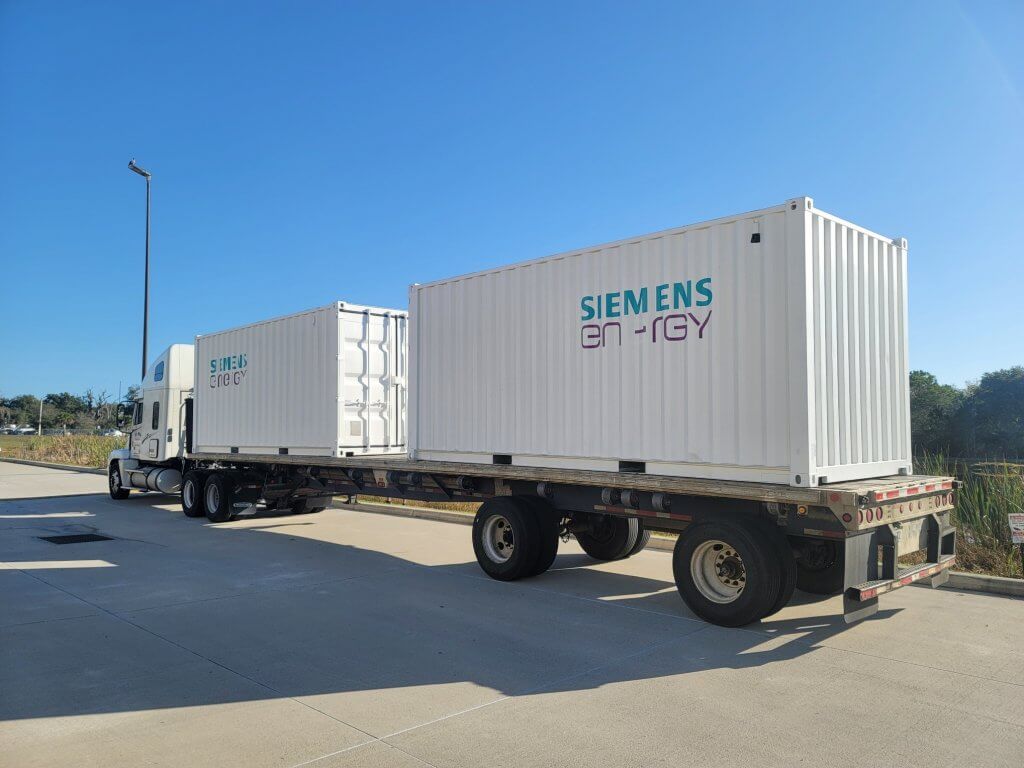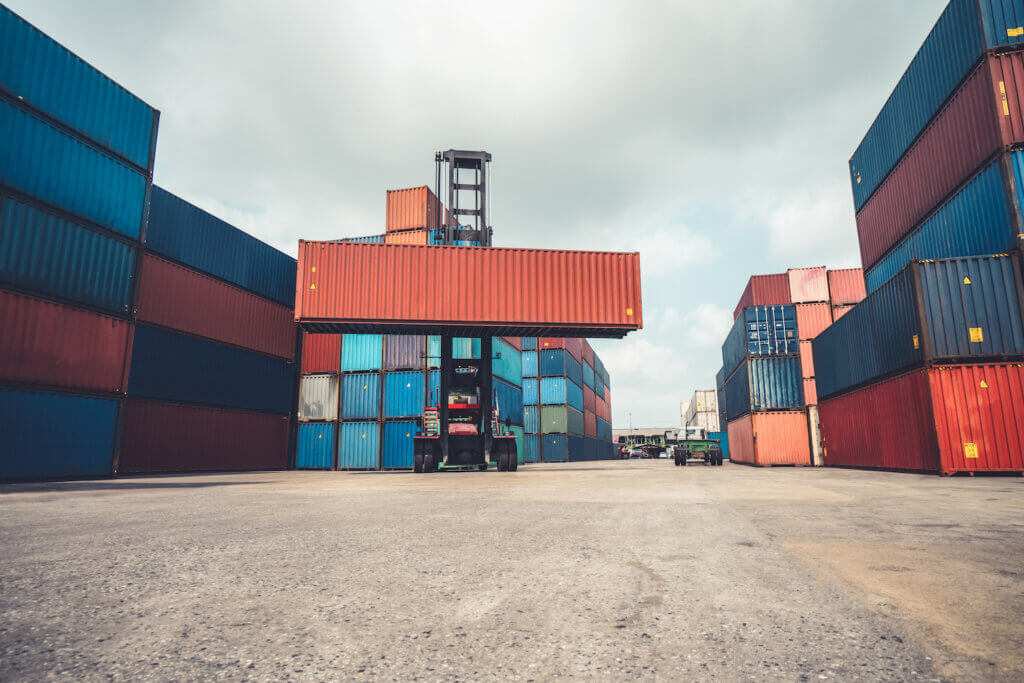For so long, shipping has been a critical driving force for socio-economic development. In truth, the shipping industry could stake a claim as the top catalyst that ensures the productivity of any global economy. It connects different facets of an economy and guarantees the possibility of imports and exports.
Comparing all avenues utilized in world trade processes, container shipping accounts for 90 percent. Thus, it’s unsurprising that a seemingly insignificant global market alteration can adversely impact different phases of an economy, including container shipping rates. Changes in container shipping rates can be attributed to some factors directly pertaining to shipping, such as route, operators, volume, and the port. Yet, some other factors go way beyond the control of logistics professionals.
Understanding shipping rates and the factors that affect them is necessary to avoid unnecessary losses during imports or exports. As such, this article explores some major external factors that could affect container shipping rates.

Truck Scarcity
The operations of all logistics service providers are connected one way or the other. This is evident in how much of an impact a truck shortage has on the entire logistics industry. A significant factor that influences truck scarcity is a shortage of drivers. Nonetheless, some elements are a lot more complex.
With the implementation of the ELD Final Rule by the U.S Government, specifying all commercial motor vehicle operators to use electronic logging devices, trucking service has been scarce. This, in turn, has crippled the supply chain in the country.
Following truck scarcity, the capacity of truck operators decreases regardless of the volume of cargo transported by shipping lines. As a result, carriers increase container shipping rates. These extra rates go into securing overpriced trucking services to continue the supply chain flow.
Aside from paying exorbitant prices, shippers can also cope with trucking scarcity through the following processes;
- Creating a plan B to avoid delays.
- Shipping out cargo earlier than anticipated trucking shortages
- Diverting cargo through different routes or ports.
General Rate Increase
General Rate Increase or GRI represents an extra fee included in the standard freight shipping rate through a particular route. Typically, this adjustment made on the shipping fee is applied by carrier companies, primarily during specific periods. While shipping lines implement this increase, it’s done in response to factors beyond their control.
Carriers typically utilize GRI to recover from seasonal occurrences of a “slow market.” Instances of downward market movement usually occur once a year; as such, GRI is applied once. However, it’s not uncommon to implement it various times a year. All container shipping rates, including those on imports and exports, are subject to a general rate increase. However, import rates are most affected, especially for shipping from Asia to the United States.
The entire decision to add extra fees to standard shipping rates lies with the shipping lines. They independently decide on how much would be added as well as the routes that would be affected. However, they must file a notice within a specific period with the federal agency of the country they operate in. Shipping lines in the U.S file to the Federal Maritime Commission (FMC) at least 30 days before the GRI takes effect.
For carriers that fail to complete filing before the GRI is implemented, they are mandated to pay for the increase.
Random Shipping Surcharges
Many unanticipated charges go into shipping, including customs inspection, detention fees, and wharfage charges. These charges are not included in container shipping rates but significantly impact the entire cost of shipping. These costs can be incurred due to inconsistent shipping documents from the shipper’s end.
While some of these charges are beyond the shipper’s control, specific actions can be taken to limit the possibility. Shippers are advised to submit all paperwork and information as when due. Delivering all relevant documents to the appropriate authorities significantly reduces the chance of cargo being delayed.
Peak Seasons
Similar to other sectors, the logistics industry also encounters peak shipping season. This occurs due to increased demand across numerous markets during specific months. Peak seasons mostly start from mid-August to late November, as this period is considered prime time for retail. Evidently, this factor impacts the supply chain worldwide, the volume of freight transported, and the shipping rates.
In response to this increase in demand for their services, carriers increase their container shipping rates at the start of these peak seasons. These peak seasons also require additional logistical processes to balance the high demand. Thus, shipping lines can also increase rates to compensate for the extra work.
Having mentioned August through to November as global peak seasons, there are some other high-demand periods peculiar to specific countries. For instance, China – the second largest exporter in the world, tends to export a lot more during the weeks leading to major holidays such as the Chinese New Year and Labor Day.
Emergency Bunker Surcharge
In the logistics industry, there are numerous extra charges carriers can impose on importers or exporters whenever it’s absolutely required. An example of such a charge is the emergency bunker surcharge (EBS).
The Emergency Bunker Surcharge is a last-minute charge that occurs when current market fuel prices peak, compared to what was initially anticipated by the carriers. Shipping lines utilize this strategy to cope with rising fuel costs. This charge continues to stir controversy with claims that carriers push the responsibility of bearing the extra costs on shippers. These claims have led to extra rates transparency by carriers, showing the EBS to be an independent surcharge.
Another similar charge is the Bunker Adjustment Factor (BAF). However, unlike EBS, the bunker adjustment factor compensate shipping operators for fluctuating fuel costs due to anticipated market movements.

Get The Best Ocean Container Shipping Rates At Total Connection.
Different factors can influence the rates associated with shipping. And while most of these extra charges are understandable, some providers take the opportunity to include hidden fees in their shipping rate. As such, you are best suited to engage logistics service with transparent rates. Total Connection is one such carrier.
At Total Connection, we guarantee a seamless shipping process with very competitive rates. Contact us today through the brief quote form below to enjoy our transparent and cost-effective shipping rates.
